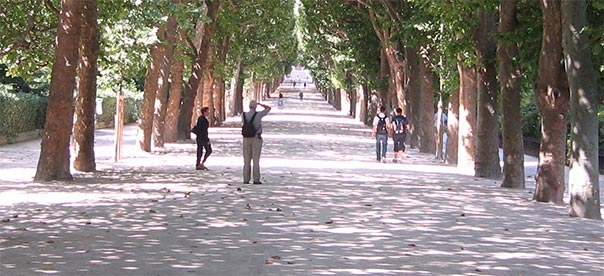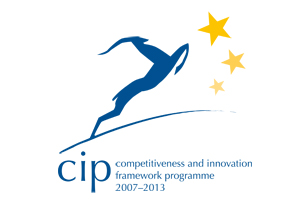Knowledge Networking Portal for Sustainable & Responsible Tourism










 16 Days: The Role of the Olympic Truce in the Toolkit for Peace
16 Days: The Role of the Olympic Truce in the Toolkit for Peace
| Download |
|
|---|---|
| View | Open in browser |
| Upload date | 07 Sep 2010 |
| Contributor | Gordon Sillence |
| Keywords | Peace |
| Release date | 28/02/2010 |
| # | File name | Contributor | Upload date | Size | Content type | |
|---|---|---|---|---|---|---|
| 1 | French | 16days-demos.pdf (current) | 07 Sep 2010 | 494 KB |
|
|
| 1 | 16days-demos.pdf (current) | 07 Sep 2010 | 494 KB |
|
||
| 1 | Portuguese | 16days-demos.pdf (current) | 07 Sep 2010 | 494 KB |
|
|
| 1 | Croatian | 16days-demos.pdf (current) | 07 Sep 2010 | 494 KB |
|
|
| 1 | German | 16days-demos.pdf (current) | 07 Sep 2010 | 494 KB |
|
|
| 1 | Italian | 16days-demos.pdf (current) | 07 Sep 2010 | 494 KB |
|
|
| 1 | Bulgarian | 16days-demos.pdf (current) | 07 Sep 2010 | 494 KB |
|
|
| 1 | German (AT) | 16days-demos.pdf (current) | 07 Sep 2010 | 494 KB |
|
|
| 1 | Romanian | 16days-demos.pdf (current) | 07 Sep 2010 | 494 KB |
|
|
| 1 | Spanish | 16days-demos.pdf (current) | 07 Sep 2010 | 494 KB |
|
Produced by the Demos Think Tank Athens 2003 (Rachel Briggs, Helen McCarthy ,Alexis Zorbas)
Key points:
`the starting point for turning a culture of violence into a culture of peace`.
This analysis – that the causes of conflict are highly distributed – suggests that the practical and moral responsibility for peace-building should also be distributed if efforts are to be successful. As has been suggested elsewhere in this report, this means that the work of the Olympic Truce should encompass a wide range of actors – the Olympic Movement, international bodies such as the UN, national governments and their political leaders, sportsmen and women, the non-governmental community, the media and communications industry, sports networks and Olympic Games host cities.
Firstly, models of distributed responsibility are critical to the success of the Olympic Truce. Highly centralised control mechanisms would likely discourage actors from taking ownership of the Truce and, as has been learned from regulatory efforts across a wide range of policy areas, such models can stifle creativity and innovation and therefore impede performance.
But given the timeframes within which progress is made in tackling conflict, the success of the Truce depends on the development of an effective governance system that can maintain momentum over time and space. More thinking is needed on the type of configuration that will best serve this purpose.
Secondly, and more fundamentally, this report has shown that the success of all conflict resolution and peace-building initiatives relies on being able to make changes at the most personal level, influencing the decisions and behaviour of individuals, from normal citizens to international statesmen and women. This is the starting point for turning a culture of violence into a culture of peace. As we reconfigure the conflict-prevention and peace-building architectures to allow us to navigate this transition under the new realities of conflict, we must also ensure that individuals understand what this means for their relationship with and involvement in conflict. And given the collaborate nature of conflict prevention, this understanding can only be built through conversation and discussion between the different actors about their relative roles and the ways in which they relate to one another. (P73 p74)
Contents:
Acknowledgements 7
About the authors 8
Demos: an international think tank 10
Foreword by George A. Papandreou 13
1. Introduction 15
2. Olympism and peace 23
3. Conflict and reconciliation in the twenty-first century 31
4. Cultures of violence and cultures of peace 43
5. Opportunities for peace-building 50
6. The power of sport 63
7. Taking the Olympic Truce forward 72
Appendix 1
The Olympic Truce 82
Appendix 2
Signatories of the Olympic Truce 84
Appendix 3
UN resolution on the Olympic Truce 99
Notes 103














































